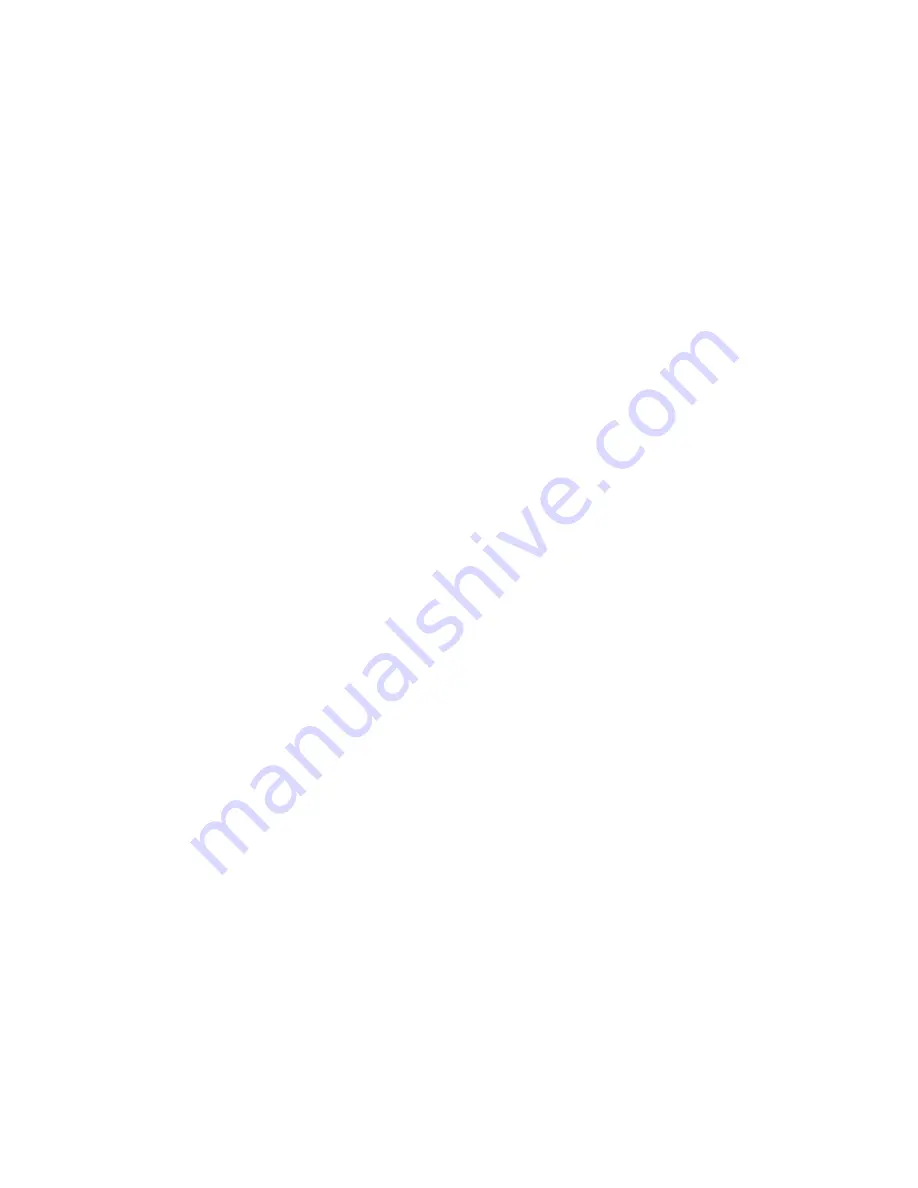
Section 6 – Video Output Menu
Copyright 2009-2016 Lumagen, Inc.
Radiance Pro, Rev 040116
13
White Level
Sets the white level for the display. Normally the “Contrast” control on the display is used to set the white level. It
is recommended that the Radiance Contrast Pattern 1 (White and Black squares pattern) be used to set the
display’s white level. The command is:
MENU
→
Output
→
CMS’s
→
[CMS]
→
White
→
Ok
Styles Menu
The Style memory stores settings for the HDMI format used to drive the display. There are menus to set the HDMI format,
size, position, aspect ratio, and graybars for the image on the display.
HDMI Output Type
You can specify the digital output range as “RGB-PC level” (e.g. for 8-bit 0 to 255) or “RGB-Video level” (e.g. for 8-
bit 16 to 235). “YCbCr 422” is the recommended output format. For the HDMI RGB output, setting the level as
video
allows blacker-than-black and whiter-than-white levels to be output from the Radiance. The command is:
MENU
→
Output
→
Styles
→
[Style]
→
HDMI Format
→
Type
→
(Auto, RGB-Video level, RGB-PC level, YCbCr444, YCbCr422)
Note that for some modes (4k60 using 9 GHz output cards) the mode may not be programmable. For reference
the 4k60 output mode using 9 GHz I/O cards is always 4:2:0, 8-bit.
Rate Match
Some material may be sourced at 24.00/60.00 Hertz refresh rates instead of the standard 23.98/59.94 Hertz rates.
It is desirable to slightly alter the output rate to match the input rate as long as the display works with these
different rates. The default setting is 'Off.' Use 'Off' if your display will not accept these rates.
The command is:
MENU
→
Output
→
Styles
→
[Styles]
→
HDMI Format
→
Rate Match
→
(No, Yes)
Color Format
Sets the outputs color format. It should be set to Auto except to correct for a color format error in the display.
Normally Bt.601 is use for SD/ED modes and Bt.709 is used for HD modes. Use the Auto format unless there is an
issue that requires a manual selection. The command is:
MENU
→
Output
→
Styles
→
[Style]
→
HDMI Format
→
Color Format
→
(Auto, Bt.601, Bt.709)
Dither
Some fixed pixel displays show contouring on images that have gradients because the physical pixel depth of each
pixel is limited. The dither control can be used to enhance the resolution of the display and reduce contouring.
Dither position sets the bit size of the pixel for dithering. Orientation controls the frame-to-frame randomization
and can be fixed of dynamic. Masking can be turned on to clear the lowest bits after the dither addition. The
command is:
MENU
→
Output
→
Styles
→
[Style]
→
HDMI Format
→
Dither
Mask
Allows you to “blank” the edges of the video image on the output without changing its position or scaling. This is
useful to blank bad pixel data from the source that shows on screen, when you want to keep the “pixel perfect”
setup (i.e. no scaling). The command is:
MENU
→
Output
→
Styles
→
[Styles]
→
Mask/Shrink
→
Mask
Shrink
Adjust the image size to fit inside a screen masking system. This command is useful for rear-screen and flat-panel
displays when the manufacturer uses too much “overscan”. The command is:
MENU
→
Output
→
Styles
→
[Styles]
→
Mask/Shrink
→
Shrink
Keystone
Allows adjusting for a vertical projector placement offset if the projector does not have enough optical keystone
adjustment. The command is:
MENU
→
Output
→
Styles
→
[Styles]
→
Mask/Shrink
→
Keystone






























